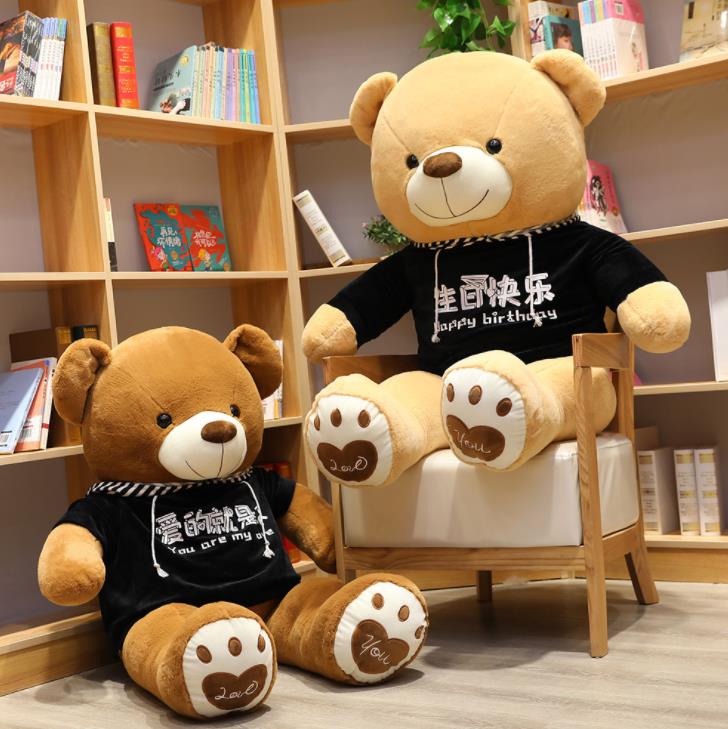Introduction: As the demand for teddy bears continues to grow, it is essential to consider the environmental impact of their production. From the materials used to the packaging, every aspect of teddy bear manufacturing can affect the environment. In this blog, we will explore the environmental impact of teddy bear production and the importance of adopting a sustainable approach in the industry.
- Sustainable Materials: Teddy bear manufacturers can prioritize the use of sustainable materials, such as organic cotton or recycled polyester, for the bear’s outer fabric and stuffing. These eco-friendly alternatives reduce the carbon footprint and minimize resource consumption.
- Responsible Manufacturing Processes: Implementing responsible manufacturing processes can significantly reduce the environmental impact. This includes optimizing energy efficiency, waste reduction, and minimizing water usage during production.
- Eco-Friendly Packaging: Using eco-friendly packaging materials, such as recycled cardboard or biodegradable plastics, can help reduce waste and environmental pollution associated with teddy bear packaging.
- Ethical Sourcing: Sourcing materials from suppliers with ethical and sustainable practices ensures that teddy bears are produced in a manner that respects human rights and minimizes environmental harm.
- Recycling and Upcycling Initiatives: Encouraging consumers to recycle their old or worn-out teddy bears and offering upcycling options can divert these toys from landfills and promote a circular economy.
Conclusion: Considering the environmental impact of teddy bear production is crucial in promoting sustainability and responsible manufacturing practices. By adopting eco-friendly materials, responsible manufacturing processes, and ethical sourcing, the teddy bear industry can contribute to a greener and more sustainable future. As manufacturers and consumers work together to embrace a sustainable approach, teddy bears will continue to bring joy and comfort without causing harm to the environment.














